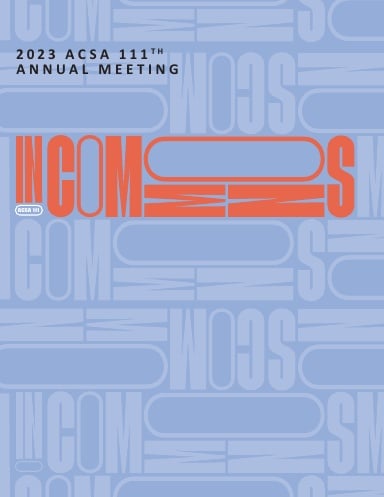Author(s): Courtney Crosson
Tucson, Arizona has been a historic passageway and home to a rich overlay of settlement patterns for over 4,000 years. Currently, 13.6% of current Tucson residents live in food deserts, areas that are low-income and have restricted access to healthy and affordable foods. Despite its agricultural history, recent efforts to relocalize urban food production to meet these local nutritional needs face stern criticism that the city is already water-stressed and cannot afford the irrigation required for food growth. This project investigated the capacity for Tucson to expand its urban food system to meet food desert nutritional demands using only sustainable water supplies on vacant municipal land. Four typologies on identified land owned by community partners were tested through design inquiry and corresponding water and food production calculations. The paper concludes that if these design typologies were implemented across the 711 acres of available municipal land in current food desert areas, over 100% of the nutritional needs of these food desert areas would be met (Tong et al. 2020).
https://doi.org/10.35483/ACSA.AM.111.47
Volume Editors
ISBN
978-1-944214-41-8

 Study Architecture
Study Architecture  ProPEL
ProPEL 
